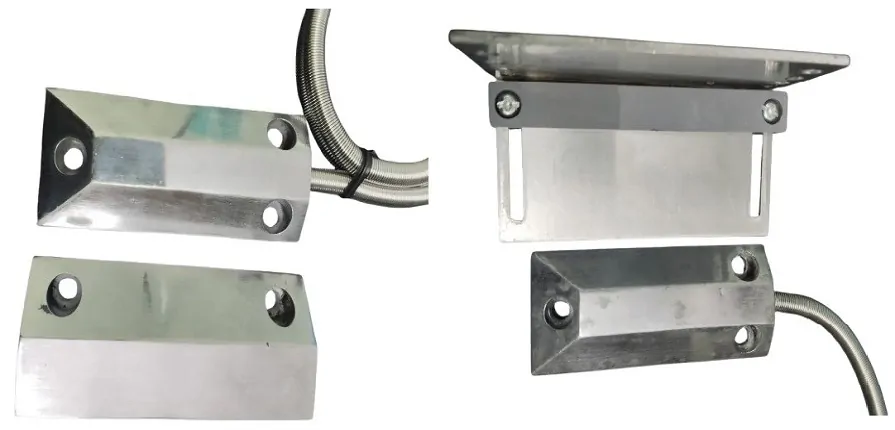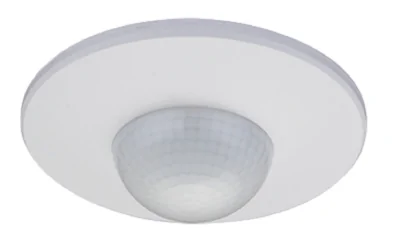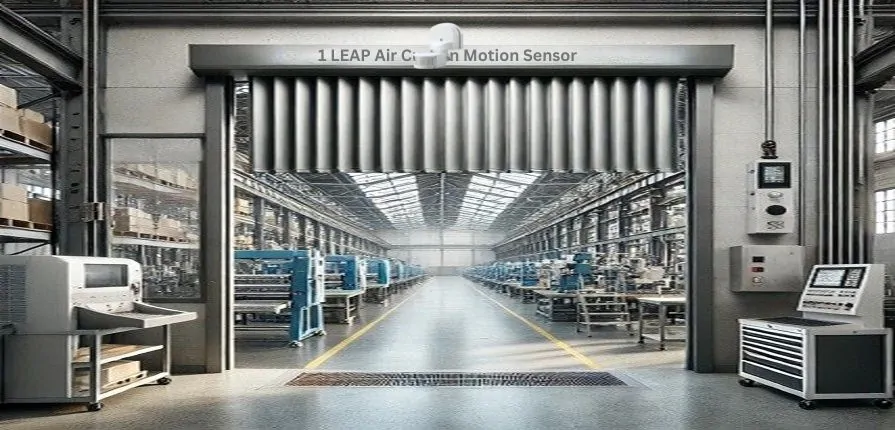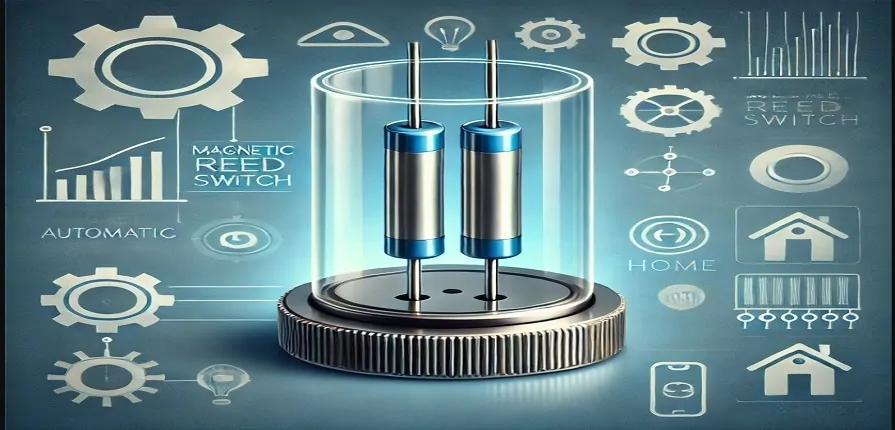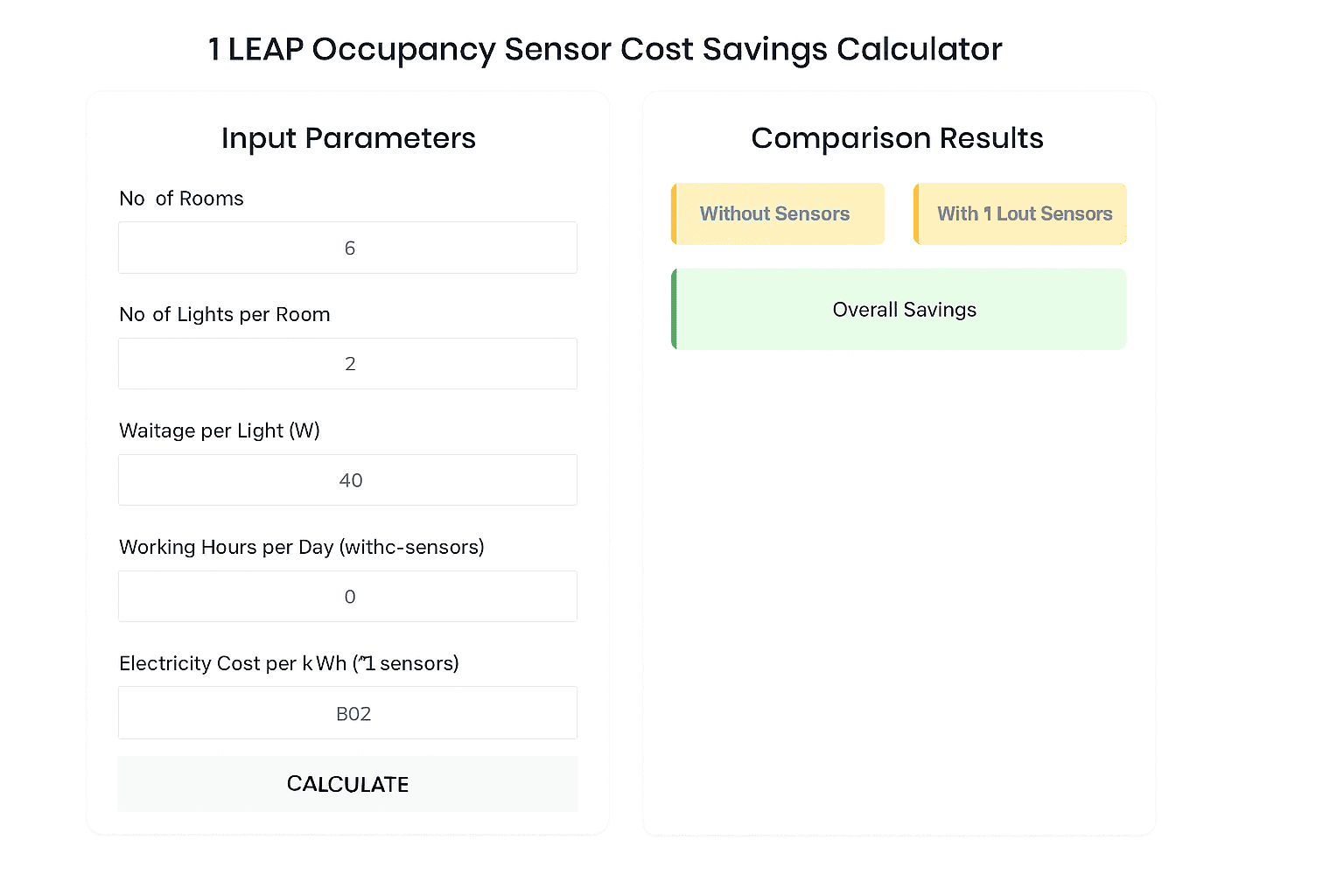Know Your Reed!
The reed switch is an electrical switch operated by an applied magnetic field, used to control the flow of electricity in a circuit.
In its most common form, it consists of two or more ferromagnetic flexible metal contacts encased hermetically within a small glass tube-like envelope, which when applied with a magnetic field move together or away.
The switch effectively works like a doorway in an electric circuit. So when the two reeds are in contact, electricity starts flowing through the circuit. These switches function similarly like a mechanical switch, but just that unlike mechanical switches, they don’t require any physical force to switch them ON or OFF, all the magic happens by the magnetic field that is created around them.
Types of Reed Switch
Normally there are two types of Reed Switches Normally Open (NO) & Normally Close (NC)
These switches are usually normally open (NO), closing when a magnetic field is present, or they may be normally closed (NC) and open when a magnetic field is applied. Once magnetic field is removed the reeds return to there first position. These can be actuated either by an electromagnetic coil or even by bringing a permanent magnet near them.
The switch effectively works like a doorway in an electric circuit. So when the two reeds are in contact, electricity starts flowing through the circuit. These switches function similarly like a mechanical switch, but just that unlike mechanical switches, they don’t require any physical force to switch them ON or OFF, all the magic happens by the magnetic field that is created around them.
Lorem ipsum dolor sit amet, consectetur adipiscing elit. Ut elit tellus, luctus nec ullamcorper mattis, pulvinar dapibus leo.


NO Switch
In a Normally Open (NO) switch, the two reeds, which are made from ferrous material such as a nickel-iron alloy are positioned in a way that they are not touching, hence there is no current in the circuit. When a magnet is moved close to the switch, it pulls one of the reeds towards the other so that they are touching, and therefore completing the circuit, and current starts flowing. When the magnet is removed the reeds return to their original position breaking the circuit, thus current flow stops.
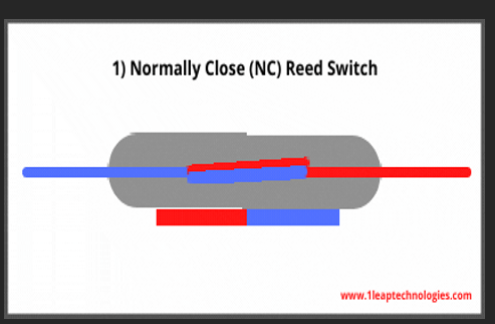
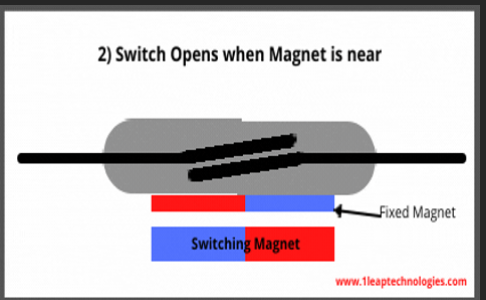
NC Switch
A Normally Close (NC) switch, works exactly opposite that of normally open, the two reeds, are positioned in a way that when no magnetic field is present the reeds are in full contact. The electric circuit is complete and the device is ‘ON’. When a magnet is moved close to a switch, or the switch close to a magnet, the reeds repel one another and split apart, breaking the circuit.
There is a third type also to the conventional NO & NC, in this there are three contact points, rather than two. In this type, the current flows along a common lead which can be toggled between two contacts. The common lead will be in contact with one contact in its normal position until a magnetic field is introduced moving the common lead to be in contact with the other contact. When the magnetic field is removed, the common lead reverts back to its actual position.

NO-NC Type Reed Switch, Form C

Advantages of using Reed Switches
The reed switch is an electrical switch operated by an applied magnetic field, used to control the flow of electricity in a circuit.
Reed Switches comes with a host of advantages over conventional mechanical switches. Few advantages are listed below :
- No mechanical wear – due to lack of any physical pressure applied to the switch, there is no mechanical wear and tear.
- Operated through a non-magnetic material – sensors can be developed with such sensitivity that they can be embedded deep within an assembly out of sight but still actuated by a reasonably strong but discreet magnet.
- No supply of voltage – as they are triggered by magnetism, there is no voltage required.
- Compact – reed switches are incredibly compact compared to mechanical switches
- Atmospheric corrosion – as the contacts of a reed switch are sealed within a glass tube they are protected from atmospheric corrosion.
- Versatility of Usage – Due to its size these switches can be manufactured in different types of mounting, like Surface Mount Magnetic Reed Switch, Recessed Mount Magnetic Reed Switch, etc.

